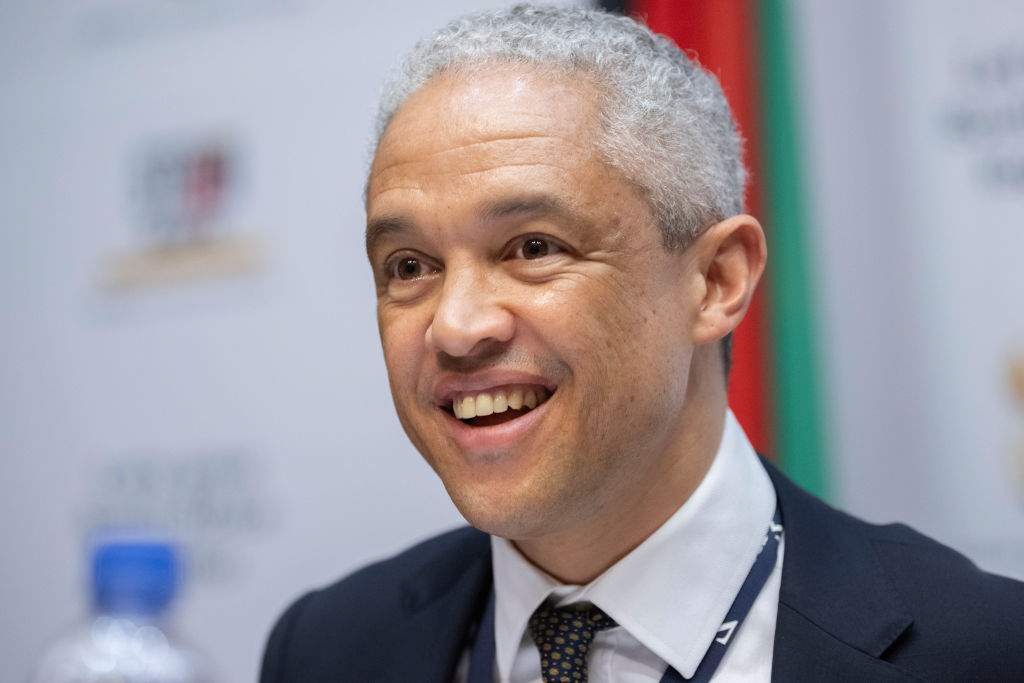South Africa’s Fiscal Resolve Rewrites Africa’s Risk Premium
South Africa’s fiscal discipline is stabilizing bond markets and restoring investor confidence. With 10-year yields at 10.3% and inflation near 4.8%, Pretoria’s consolidation may redefine African risk pricing in a high-rate world.

South Africa’s Treasury has reaffirmed that it remains on track to meet its fiscal targets — a message that resonates far beyond Pretoria. For global investors watching emerging-market stability, Treasury head Duncan Pieterse’s statement that the government will achieve a primary surplus and stabilize debt by 2026 is a critical signal of fiscal credibility in a region long defined by volatility.
After years of erosion driven by state-owned enterprise bailouts and weak revenue growth, South Africa’s public finances are showing cautious recovery. The budget deficit is projected to narrow to 4.3 percent of GDP in FY2025/26, down from 4.9 percent a year earlier, while the gross debt-to-GDP ratio is expected to peak at roughly 75 percent before gradually declining. Improved tax administration, expenditure discipline, and a stronger mining and services revenue base underpin this progress.
For global markets, the update matters for three main reasons. First, South Africa remains the region’s benchmark borrower — one of the few African sovereigns included in the FTSE World Government Bond Index and J.P. Morgan Emerging Market Bond Index Global (EMBIG). Fiscal stabilization in Pretoria often sets the tone for regional spreads. When South African yields tighten, borrowing costs in Kenya’s 2032 Eurobond (≈ 9.3% yield), Ghana’s 2031 (≈ 10.8%), and Egypt’s 2032 (≈ 9.9%) typically follow.
Second, South Africa’s debt market continues to anchor global carry trades. The 10-year government bond yields about 10.3 percent, while inflation has moderated near 4.8 percent, offering one of the highest real returns among liquid emerging markets. With the U.S. 10-year Treasury (^TNX) hovering near 4.35 percent and the Dollar Index (DXY) above 105.7, global funds seeking real yield view rand-denominated assets as an attractive alternative — provided fiscal stability endures. The rand (USD/ZAR ≈ 17.8) has stabilized despite global risk aversion, reflecting renewed foreign participation in local-currency bonds.
Third, fiscal discipline enhances South Africa’s access to concessional green financing. Meeting debt targets strengthens eligibility for the Just Energy Transition Partnership (JETP) — an USD 11.5 billion initiative supported by the EU, UK, and multilateral lenders. For international capital markets, this linkage between macro credibility and climate-transition funding marks a new model for sustainable finance in emerging economies.
Nonetheless, the risks are tangible. Eskom’s debt restructuring continues to strain fiscal space, while wage pressures and sluggish growth could reverse gains. The economy grew by just 1.1 percent in the first half of 2025, and Treasury projects 1.4 percent for the full year. Without higher investment or energy stability, fiscal tightening alone may not drive long-term growth. Credit rating agencies are watching execution closely, with the 2035 Eurobond still yielding around 8.9 percent, indicating lingering market caution.
For global investors, South Africa’s trajectory is a bellwether for African markets. A credible Pretoria provides liquidity support for regional debt ETFs such as iShares J.P. Morgan EM Bond ETF (NASDAQ: EMB) and equity exposure through the iShares MSCI South Africa ETF (NYSEARCA: EZA). Conversely, any policy slippage could widen spreads across frontier issuers, amplifying risk premia throughout the continent.
Ultimately, South Africa’s message is that fiscal discipline is the new currency of trust. In a world where high interest rates and geopolitical uncertainty dominate capital flows, Pretoria’s commitment to transparency and consolidation stands out. Whether the target of debt stabilization by 2026 is fully achieved or not, the government’s clear signaling and improved credibility already matter — because in emerging markets, confidence itself is capital.





